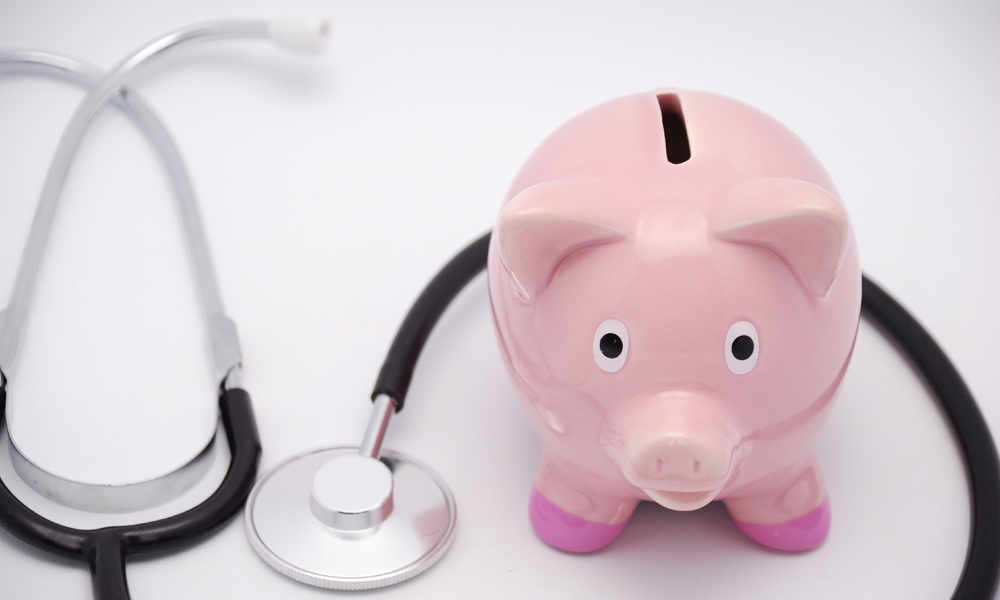The cost of the drugs used to treat medical conditions is one of the primary drivers of healthcare expenses. Consumers are told that the development costs of these drugs — from research to clinical testing to FDA approval — are what makes it so costly to bring a drug to market.
Actually, it costs a lot less to develop drugs than pharmaceutical companies claim. That's the conclusion of an analysis just published in JAMA Internal Medicine.
The analysis looked at ten different drugs from ten different companies and used financial statements filed with the Security and Exchange Commission to determine what was spent on development. It found that each of the drugs cost, on average, $648 million to develop, less than one-quarter of the $2.7 billion cost most often cited by the drug industry, a rather large discrepancy.In the four years or so that these ten drugs have been on the market, each has produced profits ranging from $204 million to $22 billion.
The current study looked at ten cancer drugs developed by ten start-up companies with financial information that is publicly available from Securities and Exchange Commission filings. On average, it cost the companies $648 million dollars to bring one drug to market. While this represents a considerable investment, the profits are considerable, too: In the four years or so that these 10 drugs have been on the market, each has produced a median revenue of $1.6 billion, ranging from $204 million to $22 billion.Each of the drugs cost, on average, $648 million to develop, less than one-quarter of the $2.7 billion cost most often cited by the drug industry, a rather large discrepancy.
Cancer is one of the most expensive diseases to treat. Recently, a new cancer drug with a $475,000 price tag, Kymriah, was approved by the FDA.
In an interview, coauthors of the JAMA study, Vinay Prasad, a hematologist-oncologist and Assistant Professor of Medicine at the Oregon Health and Sciences University and Sham Mailankody, of Memorial Sloan Kettering Cancer Center, offered some thoughts on the high cost of drugs. “The price of cancer drugs is currently rising higher and higher each year. The cost of one drug for one year of treatment is now routinely in excess of $100,000.” With the most recent cancer therapies coming on the market at a treatment cost of around half a million dollars, they believe we are fast reaching a tipping point where we can no longer accept the status quo and must find a way to lower prices.
As an invited commentary also appearing in the journal puts it, “Current pharmaceutical industry pricing policies are unrelated to the cost of research and development. Policymakers can safely take steps to rein in drug prices without fear of jeopardizing innovation.”
There's a wealth of material available for anyone who's interested in further study details. The analysis, author interview and invited commentary are all freely accessible.





